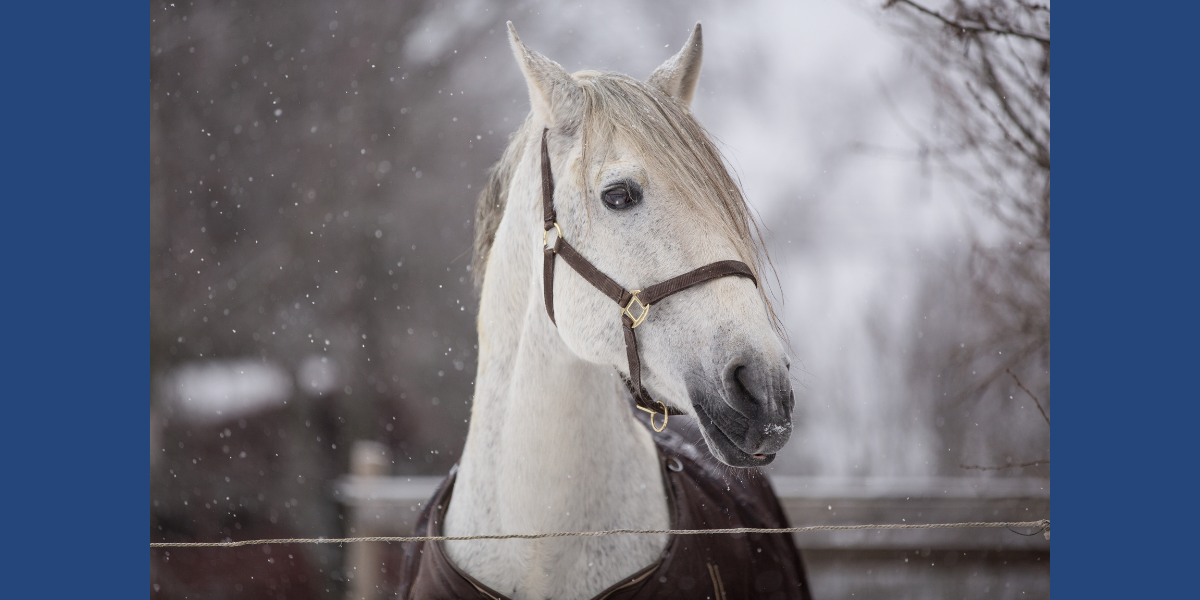Winter equine care
Cold months mean horse owners should be wary of equine herpes spread

Cold months mean horse owners should be wary of equine herpes spread
The chill of winter means horse owners should be on guard against a virus that can result in neurological disease, respiratory disease, and death in young horses.
Equine Herpesvirus Myeloencephalopathy (EHM), the neurologic form of the equine herpes virus type 1 (EHV-1), has a predilection for cool, damp environments, which is why cases pop up in the colder months of the year. Two cases of the disease were reported in Minnesota in January, both located in the southern half of the state.
EHV-1 can be spread directly from horse to horse via nasal secretions or indirectly through contaminated objects such as shared feed buckets, water troughs, and human clothing. While the virus is relatively unstable in the environment and readily killed by heat, sunlight, and most common disinfectants, it can find protection in moist organic material such as bedding and manure.
Horses that travel are at the highest risk of developing EHV infections, though all horses have likely been exposed as foals and any horse can become infected and spread the virus.
Rapid identification and isolation of infective horses are imperative to stopping the spread. Good vaccination and biosecurity protocols can minimize the impact of EHV-1. Kuhle recommends talking to your veterinarian about how to protect your horse.
Remember that EHM is reportable in the state of Minnesota and the Board of Animal Health must be notified of any horses that test positive for EHM.